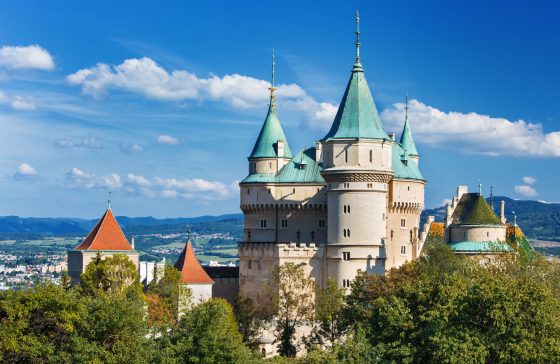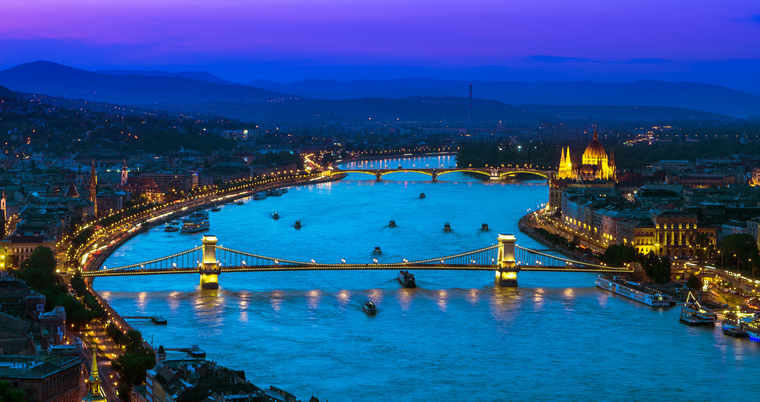
Hungary has managed to fly somewhat under the radar as a popular tourist destination, but the eastern European nation is well worth a look in due to its comparatively lower pricing, unique water activities including baths and summer fun at Lake Balaton, hearty cuisine and above all, spectacular Budapest – undeniably one of the most architecturally stunning cities in the world.
Pick the right itinerary for you with tour comparison Hungary
Tours in Hungary start and end in the capital, where travellers benefit from knowledgeable local guides on city walks, featuring every piece of Budapest tourist information you could hope for. Optional excursions in Budapest include visits to the awe-inspiring Hungarian Parliament, with priority entrance and the ability to jump the queue with pre-reserved tickets, and authentic cuisine on Danube river cruises – if there was ever a reason to learn to take pictures at night, this is it.
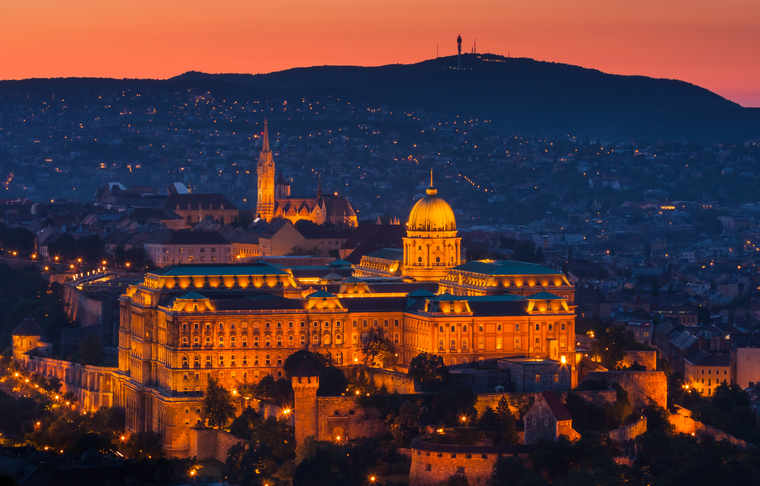
In Budapest travellers have the chance for free time to visit some of the city’s famous baths, where you can watch old men play chess – more appealing than it sounds, float between baths of different temperatures, and appreciate the unique cultural experience.
Hungary tourism offers optional excursions to the likes of Szentendre, an artistic riverside town not far from the capital, and Aquincum Museum, dedicated to the ancient city that once stood in what is now Budapest’s Óbuda district.
Outside of the Budapest tourist information provided when you tour Hungary, options include specialised tours to the musical and cultural event Sziget Festival, and stopovers at Lake Balaton. Hungary tourism itineraries are also available in combination with Eastern Europe or Balkan tours.
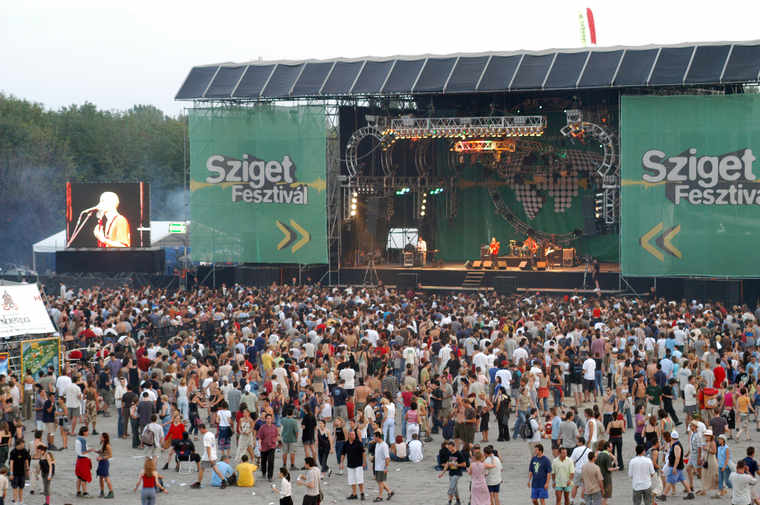
Itching to plan your trip? Take a look at our tour comparison Hungary and find the right itinerary for you.
Want a taste of that insider Hungary tourism knowledge we mentioned before? We have collected the best facts from real life tour guides. Impress them on tour with how much you already know.
- Part of the 2,860-kilometre body of water that is the River Danube flows through Hungary, and forms the stunning focal point around which Budapest’s spectacular buildings are constructed. Hungary is home to the second-longest section of the river in one nation, holding 11.6% of Europe’s second longest river.
- Budapest is such an astonishingly beautiful city it is nicknamed the ‘Paris of the East’, and the view of the Danube embankments and the Buda Castle District are UNESCO World Heritage Listed.
- Inventions to come out of Hungary include the Rubik’s cube by Ernő Rubik, the ballpoint pen by László Bíró, the safety match by János Irinyi.
- The Roman bath ruins at Aquincum date back to around 41 AD, and once formed the capital of the Roman province Pannonia Inferior.
- The artistic riverside town of Szentendre outside of Budapest offers a great day trip option from the capital, and boasts art galleries and markets galore.
- The second largest city in northern Hungary, Eger, is home to the northernmost Ottoman minaret in Europe. The 17th-century minaret is 40 metres tall and offers great views of the city.
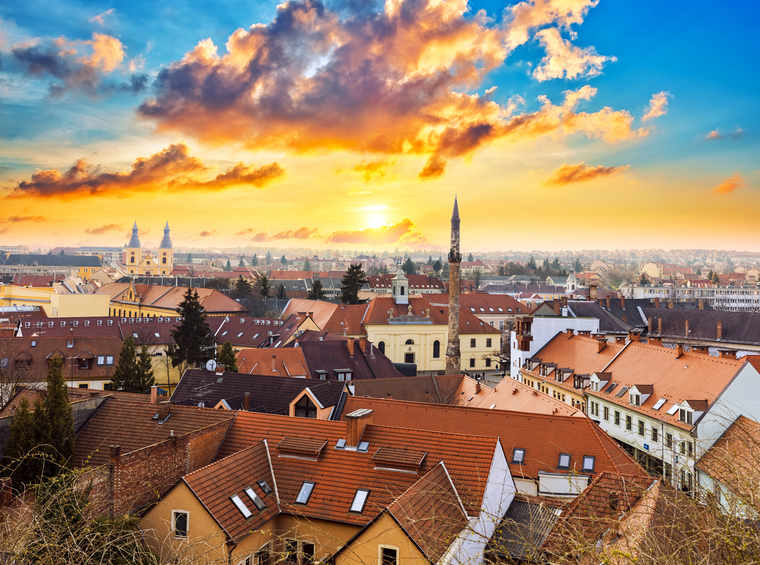
- Lake Balaton is one of the country’s most popular destinations outside Budapest. Have your camera ready to snap the array of fishing boats on the hunt for carp.
- The Transdanubia Mountains cover 7,000 km2 in north-western Hungary, with the highest peak – Pilis – reaching 757 metres.
- Water polo is one of the most popular sports in Hungary, and the men’s team have won an incredible 15 Olympic medals – including nine gold with three in a row won from 2000 to 2008.
- The Great Hungarian Plain is the largest section of the Pannonian Plain, and is not confined to Hungary alone, but spreads into parts of Slovakia, Ukraine, Romania, Serbia and Croatia.
- Industrial Győr and its welcoming old town offer a great place to stopover en route from Budapest to Bratislava and Vienna.
- Many open-air festivals are organised in Hungary each year, as locals head to various places in the countryside to enjoy the weather – whether it be wintry or warm – food and music.
- It is impossible not to notice Hungary’s love of paprika, as the vegetable forms the base ingredient in almost every dish. Szeged in particular is known for its production of the vegetable and sauces based on it, with farming wisdom passed down through generations until today.
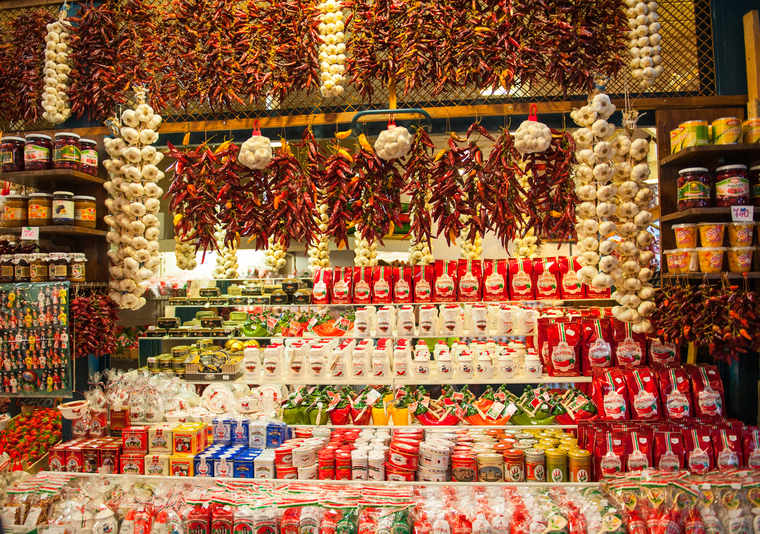
- King Matthias endured a rather turbulent rule over Hungary and various other parts of Europe at different times, which began in 1458 and ended with his death in 1490.
- Composers Franz Liszt, Bela Bartok, and Zoltán Kodály were all Hungarian, as was footballer Ferenc Puskás.
- Hungary has brought us many important cultural contributions, including Harry Houdini, the Ugrós jumping dance, and the Karikázó women’s and Verbunkos men’s dances.
- Hungary was ruled by the Arpad dynasty from the ninth century through to the 14th, with both the first Grand Prince of the Hungarians, Almos, and the first King of Hungary, Saint Stephen, from this line.
- The theory of the hydrogen bomb, BASIC computer programming, holography, the krypton electric bulb, and dog breeds of Vizsla, Puli and Komondor all emerged from Hungary.
Courtney Gahan is a serial expat, traveller and freelance writer who has bartered with Moroccan marketeers, seen the sun rise at Angkor Wat and elbowed her way through crowds on NYE in NYC

